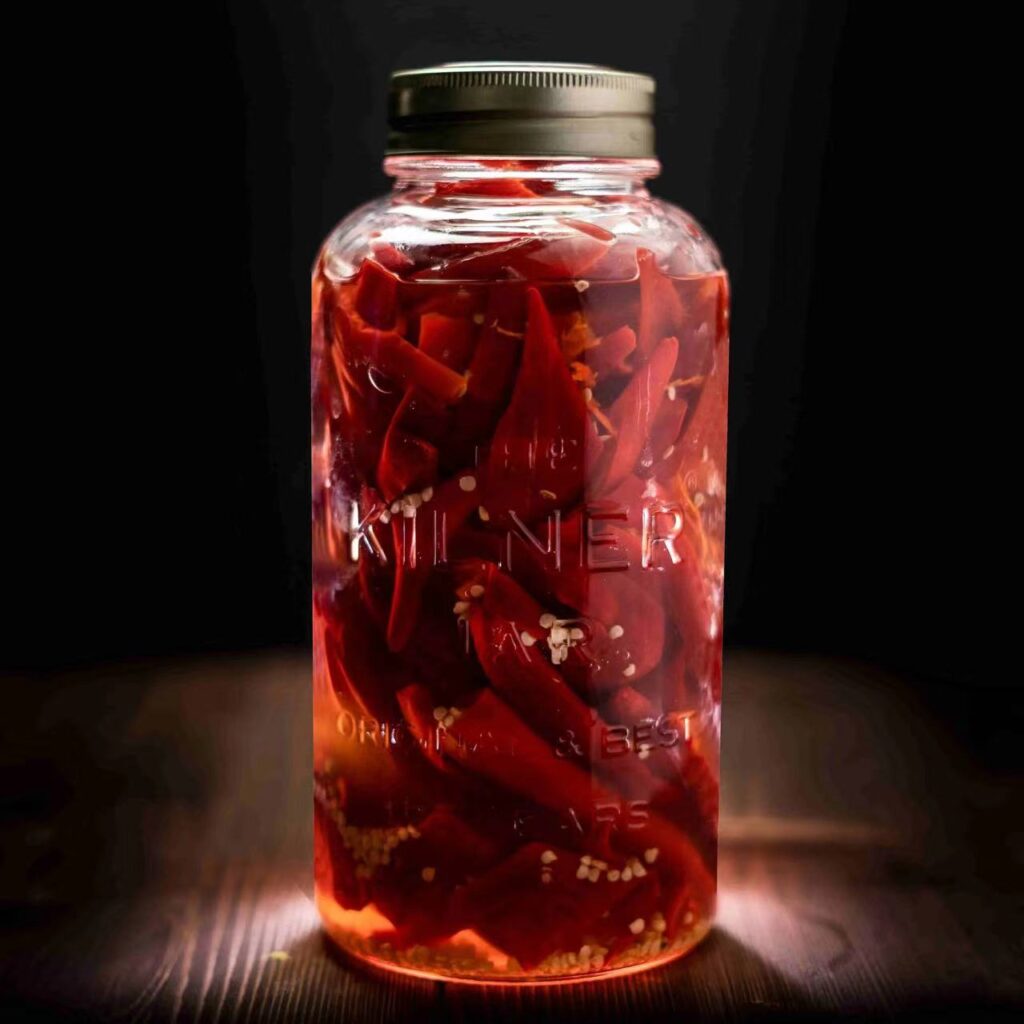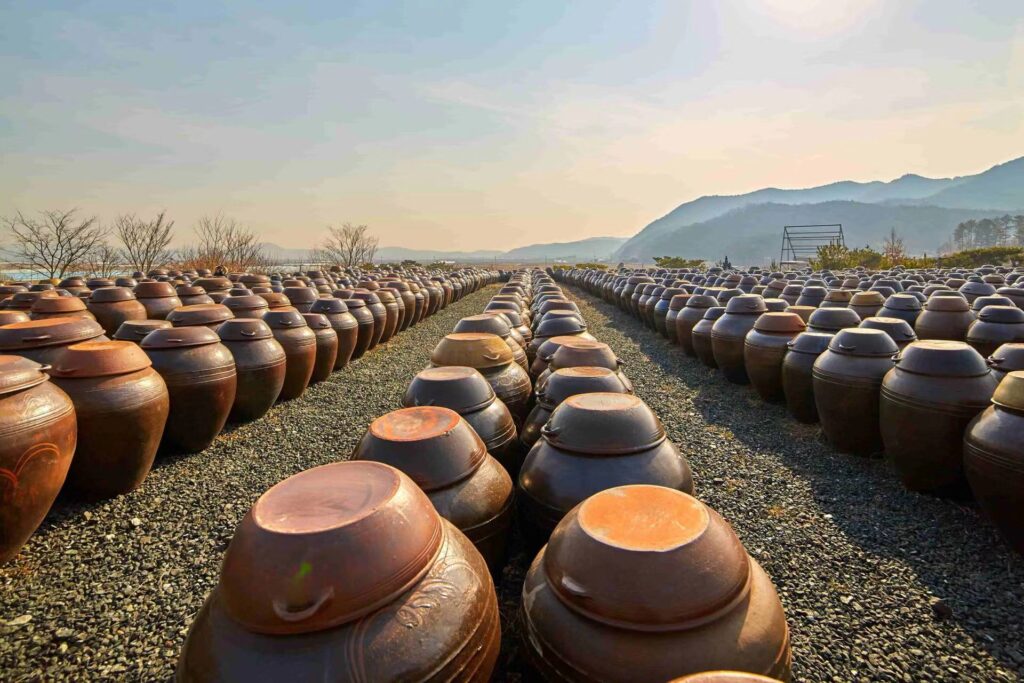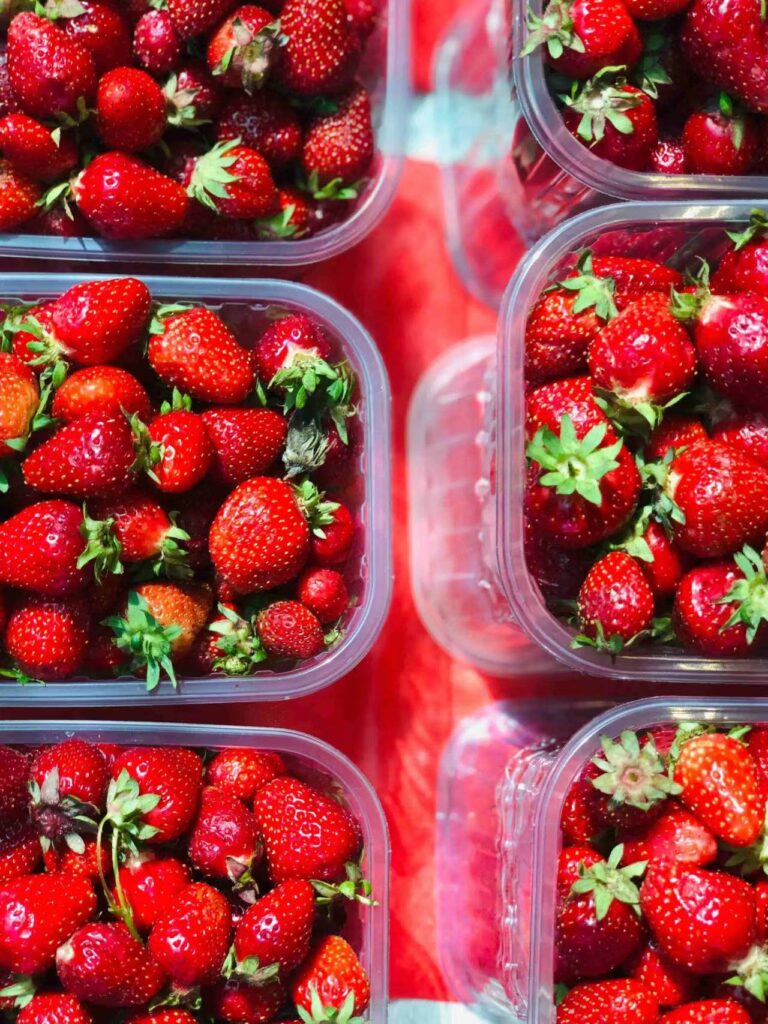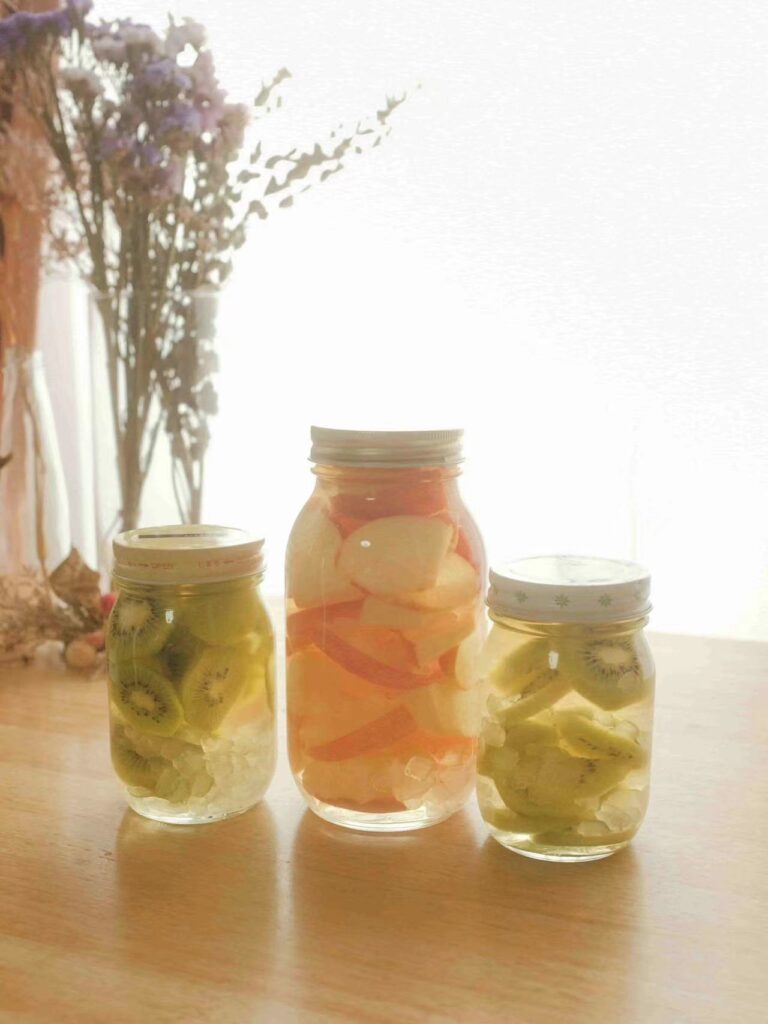Fermentation has been revered for centuries for its ability to preserve food and enrich flavors, bridging tradition with taste. This process not only extends the shelf life of ingredients. It also imbues them with complex, robust flavors unique to the method. Selecting the ideal container is pivotal for fermentation success, ensuring the preservation’s efficacy and safety. This guide meticulously navigates the nuances of choosing the perfect jar for your fermentation ventures. We emphasize the container’s material, size, and seal. And offer insights to optimize your fermenting journey, aiming for success in each batch you undertake.
Section 1 What Kind of Container Options Are There?
1.1 Glass Containers
Glass containers stand out as the top choice for fermentation enthusiasts due to their inert nature. It guarantees no harmful chemicals find their way into your food. Their transparency allows for a fascinating peek into the transformative process. Clear glass also simplifies monitoring the progress of your ferment. Renowned for their resilience and ease of sanitation, glass jars can withstand the test of time and the rigors of fermentation. Wide-mouth mason jars enhance their appeal, offering effortless access for packing and extracting contents. And suits an extensive range of fermentation endeavors, including the cultivation of vibrant vegetables and the creation of creamy kefir. Beyond these practical benefits, glass’s aesthetic appeal cannot be understated. It elegantly showcasing the rich colors and textures of your ferments. Making them not just culinary projects but also part of your home decor.

1.2 Ceramic and Porcelain Containers
Ceramic crocks are heralded for their capacity to accommodate large fermenting batches. They have a storied history in the fermentation world, especially those verified to be free of lead and cadmium. These containers are prized for their ability to handle generous amounts of food, making them ideal for enthusiasts looking to ferment in bulk. Ensuring that these crocks are coated with food-safe glazes is paramount to maintaining the purity and safety of the fermentation process. Similarly, porcelain vessels are deemed suitable for fermenting activities, with the stipulation that they meet food-grade standards. This ensures that both types of containers offer a safe, effective solution for fermenting a wide range of foods, combining traditional practices with modern health standards.

1.3 Plastic Bottles
While you might consider using plastic bottles for fermentation due to its availability and cost-effectiveness, it’s generally advised against. Plastic containers are prone to scratching, which can become breeding grounds for undesirable bacteria. Additionally, they may release harmful chemicals into your food, compromising the safety and quality of the ferment. The permeability of certain plastics to oxygen poses another concern, as it can interfere with the anaerobic environment needed for proper fermentation. Given these factors, exploring alternative materials that ensure the integrity and success of your fermentation process is worthwhile.

Section 2 Lid Matters: Oxygen Out, Carbon Dioxide In
How you cover your fermenting foods is critical. An ideal lid should minimize oxygen exposure while allowing carbon dioxide to escape. Airlocks are popular since they do just this, reducing the risk of mold or yeast contamination without the need for daily “burping” of the jars. Alternatively, tight lids can work but will require regular loosening to release built-up gas.
▶ Specialized Lids: Necessary or Not?
While some opt for specialized fermentation lids or airlocks, they’re not strictly necessary and can sometimes complicate the process. A simple, tight-fitting lid can suffice for most fermenting needs, provided you remember to “burp” it to release gas. For those fermenting in mason jars, rust-free lids are recommended to avoid deterioration over time.
Section 3 The Role of Fermentation Weights
Regardless of the chosen container, using a fermentation weight helps keep everything submerged, creating an anaerobic environment essential for successful fermentation. These weights can be particularly important in vegetable fermentation, ensuring the produce stays below the brine and away from air exposure.
Section 4 Final Thoughts
Whether you’re a fermentation novice or an experienced fermenter, the right jar can significantly impact your fermentation success. Glass jars, particularly those with wide mouths, are highly versatile and recommended for most fermentation projects. Remember, the key is to keep your ferments anaerobic and safe from unwanted bacteria, all while letting them breathe just enough to transform beautifully. Happy fermenting!
At Smilebottles, we understand the pivotal role that the right container plays in the fermentation process. Recognizing this, we offer a diverse selection of high-quality glass jars tailored to meet the needs of various fermentation projects. Our collection ranges from wide-mouth jars for easy access to elegantly designed containers that beautifully display the fermenting contents. We invite you to explore our array of glass jars, each chosen for its durability, safety, and suitability for fermentation. For more styles and detailed information, we welcome you to contact us. Our team is eager to assist you in finding the perfect glass container to make your fermentation project a success.











